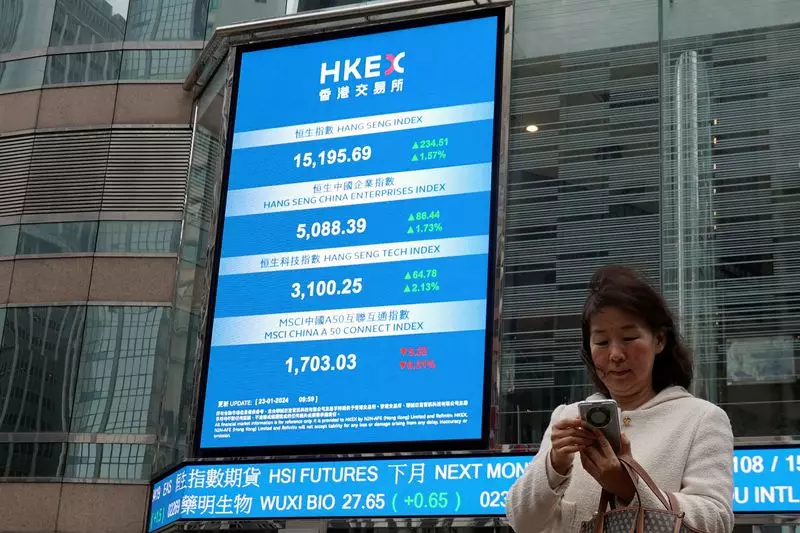The final week of November is upon us, and investors in emerging markets are feeling the pressure more than ever. The discrepancies between the U.S. economy and other global markets are becoming starkly evident, manifesting in a persistently robust U.S. dollar, surging stock indices, and climbing Treasury yields. This article delves into the prevailing market conditions, the complexities impacting emerging markets, and the prospects that lie ahead.
The U.S. Economic Dominance
The continuous rise of the U.S. dollar—an eight-week upward streak culminating in a two-year peak—demonstrates a potent divergence from international markets. Financial analysts from TD Securities report that a staggering 70% of inflows into developed market bond funds and 90% into equity funds have directed their way into U.S. funds over the past quarter. Underlying this trend is a paradox. President-elect Donald Trump’s administration may face pressures associated with a high dollar counteracting its agenda for lower interest rates and a more affordable currency, creating an unsettling juxtaposition for policymakers.
This dollar strength, however, has immediate ramifications for Asian and emerging markets, which are suffering under the weight of capital outflows. Barclays analysts have noted that dedicated emerging market funds have observed outflows for six consecutive weeks, with Chinese equities bearing the brunt of this trend. The overreliance on U.S. market strength signals a stormy economic climate for emerging markets, which must find strategic ways to navigate this turbulent phase.
Investor sentiment towards emerging markets is anything but optimistic. The MSCI Emerging Markets Index, along with the Asia ex-Japan index, suffered declines in five of the past seven weeks, lost approximately 4.5%—the steepest declines since mid-2022. Rather surprisingly, when these benchmarks showed signs of a potential rebound, any enthusiasm seemed short-lived. A mere 0.5% uptick following such significant losses suggests that investors are retreating to safer havens, further reinforcing the perception of instability in emerging markets.
The reluctance to ‘buy the dip’ speaks volumes about the overall lack of confidence in the current environment. Strategic adjustments are also underfoot; for instance, analysts from Societe Generale have reduced their exposure to emerging markets by five percentage points, emphasizing concerns regarding U.S. economic policies, relative growth prospects, and differing interest rates.
As we edge towards the end of November, the upcoming economic calendar will likely influence market movements. U.S. markets will be quieter due to the Thanksgiving holiday, resulting in thinner liquidity. Nonetheless, several key economic indicators from Asia could offer crucial insights.
Investors should pay close attention to rate decisions from the central banks of New Zealand and South Korea, as well as critical GDP figures from India and Taiwan. The release of purchasing managers’ index data from China will also add depth to the narrative, providing indications of manufacturing health amid global uncertainties. Additionally, Monday’s reports covering retail sales and inflation in New Zealand, alongside Taiwan’s industrial production, will serve as benchmarks for assessing consumer and production confidence.
Emerging markets face a precarious path as the effects of the U.S. economic trajectory continue to unravel. With investor sentiment remaining at a low ebb and strategic repositioning underway, the coming weeks will be pivotal. How these markets respond to key economic indicators—combined with geopolitical tensions and internal policy shifts—will define their resilience in the face of looming challenges. As we approach the new year, investors must remain vigilant and adaptable to the rapidly evolving landscape, seeking opportunities amidst a backdrop of uncertainty.

